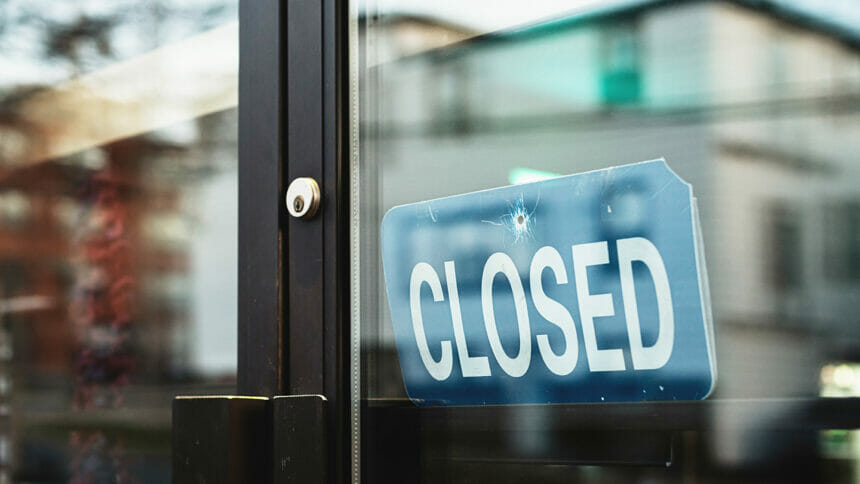
After providing care in three different centuries, Lutheran Home and Rehabilitation Center is closing its doors due to regulatory and funding pressures.
The Jamestown, NY, skilled nursing facility has been struggling with the same string of problems facing other rural facilities, including Medicaid reimbursement rates that don’t adequately meet the facility’s expenses and a new staffing rule established earlier this year in New York.
“They’re suffering the same flight of funding shortfalls that most of the facilities in upstate New York are sharing,” Keith Chambery, executive director of New York Provider’s Alliance, told McKnight’s Long-Term Care News. “Along with regulatory staffing challenges, the shortfall in funding has caused facilities to stretch to the limit. This facility got there and saw the writing on the wall.”
New York’s new staffing rules require that facilities provide 3.5 hours of care per resident per day from nurses and nurse assistants. A majority of New York facilities, especially those in rural areas, have struggled to meet this regulatory benchmark, which took effect in April.
The general shortage of available workers is also exacerbated by the need to increase wages.
“About 70% of facilities in New York can’t meet that [regulatory] standard,” Chambery told McKnight’s, “due to the fact that skilled nursing personnel are not available and that the wages for nursing assistants need to be raised to be competitive with other establishments, even outside of the healthcare field.”
Chambery also highlighted that funding challenges have only worsened in the wake of the pandemic.
“During COVID, facilities were helped out with a lot of COVID funding both from the state and from the federal government, and that helped them continue to be competitive with their wages throughout the pandemic,” said Chambery. “Now that all funding has dried up.”
A historic facility closes
Lutheran Home has been open since 1886 and currently serves 49 residents with a staff of 106.
The facility has a 148-bed capacity. In statements to local news, Lutheran confirmed that their occupancy rate was around 30% below what they needed to maintain profitability.
“Lutheran is currently working with the New York State Department of Health to ensure that this transition is as smooth as possible,” said Tom Holt, president and CEO of Lutheran. “Our top priority is to work with every resident, their families and our valued employees, to secure new housing options, care and job placement.”
The skilled nursing facility plans to continue operating until Jan. 2 as its residents find new homes.
Nursing homes in surrounding communities have stepped in to assist Lutheran Home and its residents.
“What some of our members have been doing is to help [Lutheran Home] out in terms of placing their patients and helping them place their employees,” Chambery told McKnight’s.
“It’s probably as important to talk about the ripple effects for the patients and the families in the area,” he continued. “They’ll have to leave a place where they’ve been comfortable and well-cared-for to go to another place that might not be of their choosing.”
Problems for rural facilities
Lutheran Home is not the first upstate New York nursing home to shutter due to these challenges — 10 others have closed within the last three years, according to a press release from NYPA.
“The unfortunate truth is that Medicaid reimbursement rates for upstate facilities are woefully inadequate to cover the true costs of care,” Chambery stated in the press release.
NYPA cited a 2022 Medicare cost report that showed, on average, upstate facilities were losing $2.1 million per year.
“A perfect storm of reimbursement disparity, demographics, case mix and occupancy has caused facilities like the Lutheran Home facility to make difficult decisions that affect access to care, especially in small towns where choices are limited,” said Chambery.
He also stressed the need for increased funding to avoid the risk of more closures and the cascading effects they would have on rural communities.
To match the needs of thinly stretched upstate facilities, Chambery said, “the first step is going to be to get meaningful reimbursement reform in the Medicaid system to facilities in upstate New York — there’s no way around it. Losing $2 million a year is not sustainable for any business.”



